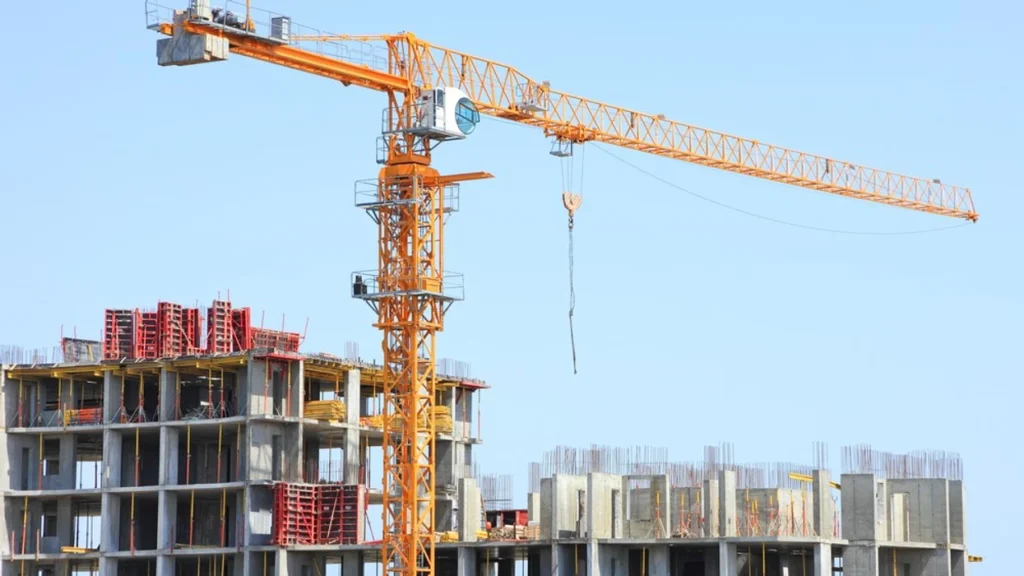
Toronto, one of the most vibrant cities in Canada, continues to experience rapid growth and urbanization. As a result, Toronto development applications have become an essential part of its evolving skyline, housing market, and infrastructure. These applications are crucial for shaping the city’s future and ensuring that new projects align with community needs, environmental sustainability, and urban planning goals.
In this article, we will explore the process of Toronto development applications, how they impact urban growth, the types of developments involved, and the key factors influencing the approval of these applications.
Understanding Toronto Development Applications
What Are Toronto Development Applications?
Toronto development applications refer to the official requests submitted to the city’s planning authorities for approval of new construction, renovation, or land-use changes. These applications cover a wide variety of projects, from residential and commercial developments to mixed-use properties and public infrastructure projects.
Each application must be reviewed and assessed based on various criteria, including zoning laws, environmental considerations, traffic impact, and community concerns. The process is designed to ensure that all developments contribute positively to the city’s growth and well-being.
Types of Development Applications in Toronto
Toronto development applications encompass a broad spectrum of projects. They generally fall under the following categories:
- Residential Developments: This includes the construction of new homes, apartment buildings, and condominiums. Residential projects often require detailed site plans and are closely evaluated for their impact on the local neighborhood.
- Commercial Developments: These include office buildings, shopping centers, hotels, and other commercial spaces that contribute to Toronto’s economic activity. Developers must ensure that these projects comply with zoning bylaws and meet accessibility and safety requirements.
- Mixed-Use Developments: These projects combine residential, commercial, and public spaces in one location. Mixed-use developments are particularly popular in urban centers as they create vibrant, walkable communities that reduce the need for long commutes.
- Public Infrastructure Projects: These can include public transportation systems, parks, bridges, and other civic works that benefit the city’s population. These applications are often subject to additional scrutiny due to their large scale and public funding.
The Importance of Toronto Development Applications
Development applications are vital for managing growth in Toronto. With the city experiencing consistent population growth, it’s crucial to plan and develop infrastructure, housing, and commercial spaces in a way that fosters sustainability, community well-being, and economic prosperity.
The approval process for development applications ensures that new projects are thoroughly evaluated to align with the city’s long-term planning goals. Without proper regulation and oversight, uncontrolled development could lead to overcrowding, environmental degradation, and other negative consequences.
The Toronto Development Applications Process
Preliminary Consultation and Pre-Application Review
Before submitting an official Toronto development application, many developers engage in a preliminary consultation with the City of Toronto’s planning department. This informal discussion allows developers to gain insight into the city’s expectations, guidelines, and any potential issues that could arise during the formal application process.
During this stage, developers can receive feedback on how their project aligns with the city’s official plan, zoning bylaws, and other key policies. It also offers an opportunity for developers to address any concerns raised by city staff before formal submission.
Submitting the Application
Once the initial consultations are complete, the developer can formally submit their Toronto development application. This submission will include detailed plans, including architectural drawings, site layouts, environmental assessments, and traffic impact studies. Developers must ensure that the application adheres to all relevant city policies and regulations.
Review by City Staff and Public Consultation
After the application is submitted, it is reviewed by the city’s planning department and other relevant agencies. The review process includes an examination of several factors, such as:
- Zoning: Does the project comply with current zoning regulations? Will zoning changes be required to move forward with the project?
- Environmental Impact: Does the project pose any environmental risks, such as increased pollution or destruction of green space?
- Community Feedback: Is there public support for the project? Are there concerns that need to be addressed by the developers?
In many cases, public consultation is held to gather input from the community. This ensures that residents and stakeholders have an opportunity to voice their concerns or support for the proposed development.
Committee and Council Review
Following the review by city staff, the Toronto development application is presented to the City’s Planning and Growth Management Committee. This committee evaluates the application based on its merits and its alignment with city planning goals. The committee may request additional information or changes to the proposal before it proceeds to the next stage.
If the committee approves the project, it is sent to Toronto City Council for a final decision. The council may approve, reject, or defer the application based on further analysis and input from local residents and stakeholders.
Permits and Construction
Once the Toronto development application is approved by the council, the developer can move forward with obtaining the necessary permits and beginning construction. This includes obtaining building permits, environmental permits, and any other required approvals.
During construction, inspections are carried out to ensure that the project adheres to safety codes and zoning regulations. If there are any significant changes to the original plan, the developer may need to submit revised plans or request additional approvals.
Key Factors Influencing Toronto Development Applications
1. Zoning and Land Use Policies
One of the primary factors influencing Toronto development applications is zoning. Zoning laws dictate how land can be used, whether for residential, commercial, industrial, or mixed-use purposes. If a development proposal does not conform to the existing zoning laws, it may require rezoning or a zoning bylaw amendment. This is a complex process that often involves public hearings and additional reviews by the city.

2. Environmental Considerations
Toronto places a strong emphasis on sustainable development and environmental stewardship. Any Toronto development application must consider its environmental impact. This includes conducting environmental assessments to ensure that the project does not negatively affect air quality, water resources, or local wildlife habitats.
The city also encourages developments that incorporate green building technologies, such as energy-efficient designs and renewable energy systems, to help reduce the carbon footprint of new developments.
3. Community Engagement
Community consultation is a key element in the development application process. The City of Toronto places great importance on ensuring that residents have a say in the future of their neighborhoods. Developers are often required to host public meetings or submit a community consultation report as part of the application process.
Public engagement helps developers identify potential concerns early on and work towards solutions that benefit the community. It also ensures transparency in the decision-making process.
4. Transportation and Infrastructure
Another critical factor in evaluating Toronto development applications is the impact on local transportation networks and infrastructure. As Toronto’s population grows, traffic congestion and public transportation capacity are becoming significant challenges. Developers must demonstrate how their projects will integrate with existing transportation systems and contribute to alleviating congestion, whether through new transit options or improved roadways.
Challenges in Toronto Development Applications
1. Navigating Bureaucracy and Regulation
Toronto’s development application process is complex, with numerous departments, regulations, and public consultations involved. For developers, navigating this system can be a challenge, especially when faced with delays or requests for additional information. This complexity can also create frustration for residents who feel that the process is opaque or overly lengthy.
2. Rising Construction Costs
As the demand for housing and infrastructure grows in Toronto, so do the costs associated with construction projects. This puts additional pressure on developers to manage budgets, obtain financing, and complete projects on time. Rising construction costs can also affect the affordability of housing and may lead to delays in the completion of key projects.
3. Balancing Growth and Sustainability
As Toronto continues to expand, balancing growth with sustainability remains a top priority. Developers are increasingly tasked with creating projects that meet the growing demand for housing and commercial space, while also adhering to sustainability standards and minimizing environmental impact.
4. Political and Public Opinion
Local politics and public opinion can also influence Toronto development applications. Strong community opposition or shifting political priorities can result in project delays, redesigns, or even cancellations. Developers must be prepared to engage with the community and respond to concerns in a way that fosters positive relationships and builds trust.
Conclusion: The Future of Toronto Development Applications
Toronto development applications will continue to play a crucial role in shaping the city’s future. As Toronto grows and evolves, the development process will need to adapt to changing demographics, technological advancements, and environmental concerns. By focusing on sustainability, community engagement, and smart urban planning, Toronto can ensure that its development projects align with the needs and desires of its residents while maintaining the city’s dynamic and diverse character.
For developers, understanding the application process and the factors that influence approval will be key to success in Toronto’s competitive real estate market. By navigating the complexities of Toronto development applications, developers can contribute to the creation of vibrant, sustainable, and thriving communities across the city.


